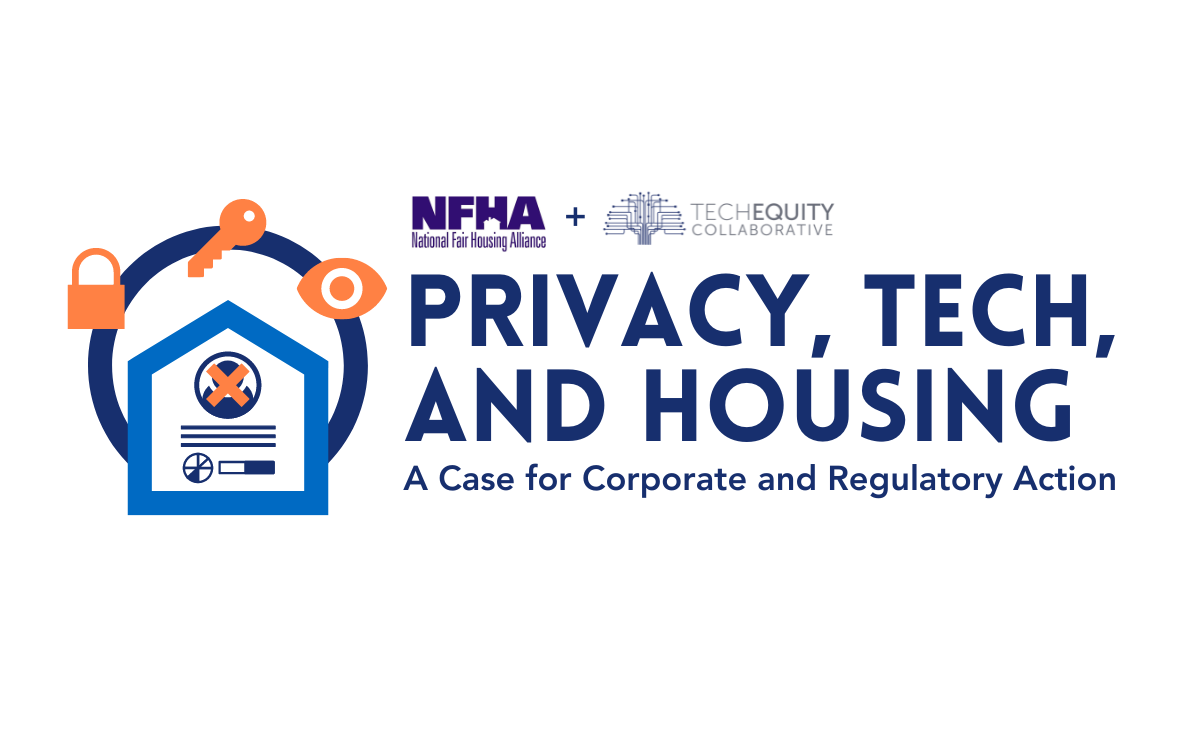Event Recap: The Color of Law Book Discussion

Last night, we had the honor of discussing The Color of Law with the author, Richard Rothstein. The Color of Law was the second book selected for the TechEquity book club and we feel strongly that it should be required reading for all Americans.
About 100 people — tech workers and members of the general public alike — gathered to hear Rothstein walk us through the history of government-sanctioned housing segregation in the US. You can watch the video here [note: it starts a few minutes into the discussion].
We covered three areas of history:
- Public Housing: which was originally built during the depression to give working-class families a place to live at a time when the private market wasn’t able to create enough housing stock. Public housing production accelerated during World War II when worker housing to support war production was desperately needed in industrial centers. The government explicitly segregated public housing, on order from the Navy, for fears that integration would harm war production efforts.
- Zoning: Cities, supported by the federal government, began explicitly zoning neighborhoods as exclusively black or white. When the Supreme Court ruled this specific restriction on integration in housing unconstitutional, many cities worked around the decision by zoning specific white, middle-class neighborhoods as “single-family home only” places, using class as a proxy for race. They figured by refusing to permit development of apartments and multi-family homes they’d keep out poor people who were disproportionately black. Exclusionary zoning persists in many wealthy single-family home neighborhoods in metropolitan areas today.
- Homeownership: Through the Federal Housing Administration, the government began insuring mortgages, which gave rise to middle-class homeownership in the middle of the twentieth century. The FHA refused to insure mortgages issued to people in redlined areas (mostly black neighborhoods that the federal government had deemed too risky to support home loans) and to black families who tried to buy houses in white middle-class areas. The FHA also facilitated the capital that developers of massive subdivisions — like Levittown or Westlake/Daly City — needed to move forward, on condition that no homes be sold to black families.
Discrimination in housing was outlawed in 1968 with the passage of the Fair Housing Act, but the segregation created by decades of government policy still persists today. We see it in our neighborhoods. We see it in the massive wealth gap between white and black families. Black families have only 10% of the wealth that white families in the US have, almost entirely due to being shut out of the housing market in the twentieth century.
We spent much of the evening talking about solutions. As Rothstein says in the book:
“Actions of government in housing cannot be neutral about segregation. They will either exacerbate or reverse it. Without taking care to do otherwise, exacerbation is more likely.”
We take those words to heart as we undertake work to address the Bay Area’s housing crisis. The spirit is reflected in our guiding principles for housing advocacy and keep it in mind as we work on passing legislation like SB-827 which forces local government to allow dense housing development in single-family neighborhoods near transit.
To stay up to date on our housing advocacy efforts you can sign up here.





